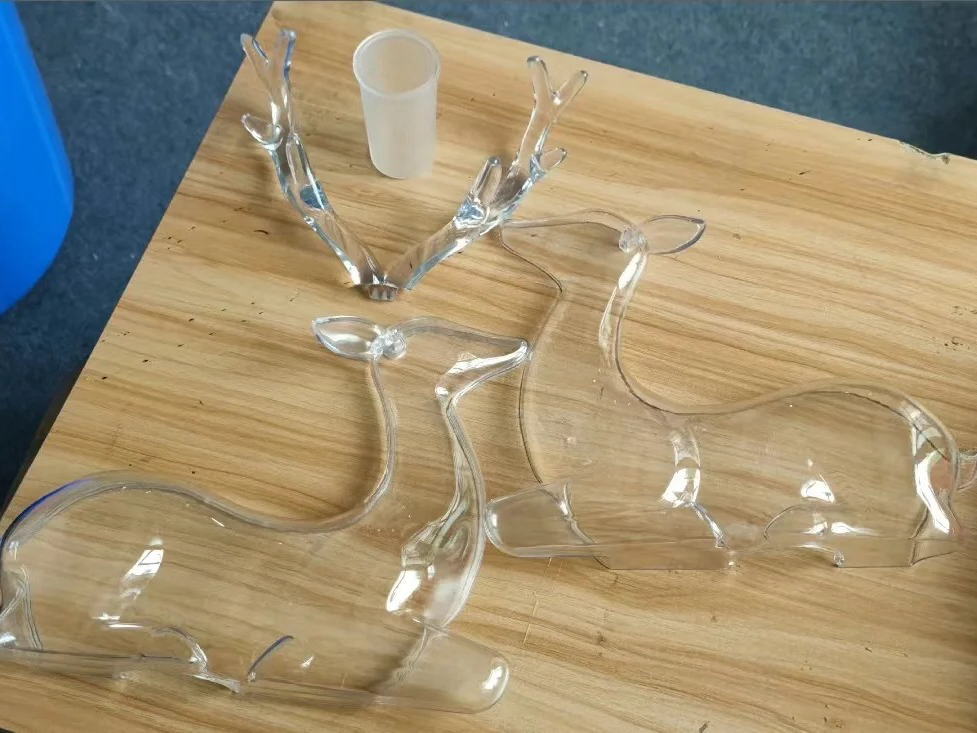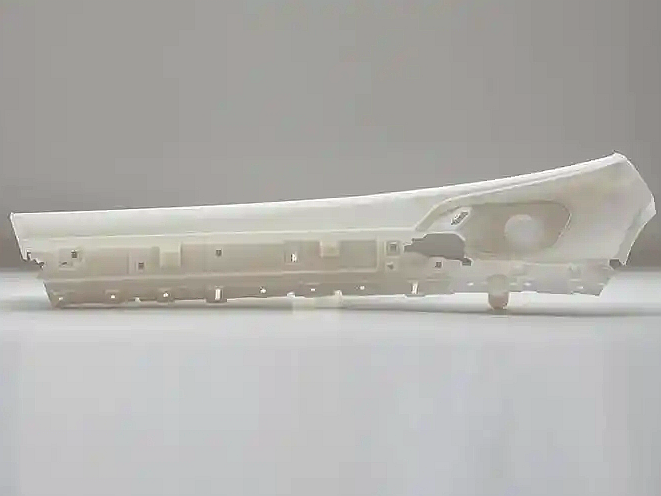Sacrificial Resin
Introduction to Sacrificial Resins for 3D Printing
Sacrificial resins are temporary-use photopolymers designed to be removed during or after the manufacturing process. They are used to create internal channels, cores, or cavities in composite parts, investment casting, or tooling where the printed structure is later dissolved or burned out cleanly.
Stereolithography (SLA) and Digital Light Processing (DLP) are ideal for sacrificial resin printing, offering fine detail, smooth surfaces, and dimensional accuracy up to ±0.05 mm for temporary geometries used in high-precision manufacturing workflows.
International Equivalent Grades of Sacrificial Resin
Resin Type | Resin Code | Application Examples |
|---|---|---|
Sacrificial Core Resin | SR-Core100 | Hollow composite structures, ducts |
Burnout Resin | SR-Burnout200 | Investment casting, mold patterns |
ISO Standard | ISO 1172 | Ash residue testing |
ASTM Standard | D2584 | Combustion residue measurement |
Comprehensive Properties of Sacrificial Resins
Property Category | Property | Value |
|---|---|---|
Physical | Density | 1.05–1.10 g/cm³ |
UV Curing Wavelength | 405 nm | |
Mechanical | Tensile Strength | 25–35 MPa |
Elongation at Break | 5–10% | |
Hardness | 80–85 Shore D | |
Thermal/Burnout | Ash Residue (ISO 1172) | <0.01% |
Burnout or Solubility Temperature | 600–850°C or 50–70°C |
Suitable 3D Printing Processes for Sacrificial Resins
Process | Typical Density Achieved | Surface Roughness (Ra) | Dimensional Accuracy | Application Highlights |
|---|---|---|---|---|
≥99% | 3–5 µm | ±0.05 mm | Best for internal sacrificial geometries in composites and investment casting | |
≥99% | 4–6 µm | ±0.05 mm | Ideal for small, precise core structures or temporary functional forms |
Selection Criteria for Sacrificial Resin 3D Printing
Clean Removal Capability: Select resins that are designed to either melt, dissolve, or combust cleanly with <0.01% ash for clean internal cavities or investment castings.
Thermal vs Soluble Formulations: Choose thermal burnout resins for metal casting workflows and water-soluble resins for composite core removals or lab-on-chip systems.
Geometric Complexity: Supports intricate internal channels, lattice structures, or negative volumes that would be impossible to mold conventionally.
Dimensional Precision: Maintains tolerance within ±0.05 mm, critical for aerodynamic ducts, conformal cooling, and tight internal pathways.
Essential Post-Processing Methods for Sacrificial Resin Parts
UV Post-Curing: Cure under 405 nm UV for 20–40 minutes to improve handling and ensure complete polymerization before embedding or burnout.
IPA Cleaning and Drying: Remove excess resin before use in casting, layups, or mold embedding.
Burnout Cycle or Dissolution: Follow precise temperature ramping for thermal resins or submerge in solvent/water bath for dissolvable variants.
Surface Sealing (Optional): Apply sealing coat if using resin as core in composite layups to prevent resin penetration during curing.
Challenges and Solutions in Sacrificial Resin 3D Printing
Ash Residue in Mold Cavities: Use certified burnout resins with <0.01% ash and follow staged burnout protocols to avoid mold damage.
Shrinkage During Burnout: Account for thermal expansion or shrinkage in design phase; use simulation where applicable for critical features.
Premature Softening in Layups: If using water-soluble cores in composite tooling, avoid exceeding resin’s deformation temperature before removal.
Applications and Industry Case Studies
Sacrificial resin is widely used in:
Aerospace & Composites: Hollow ducting, internal cooling channels, sacrificial cores in fiber layups.
Investment Casting: Wax-like burnout parts for precision casting of titanium, aluminum, and precious metals.
Medical Devices: Lab-on-chip prototypes with embedded channels, surgical simulation molds.
Industrial Tooling: Complex inserts for molding, flow simulations, and parting line engineering.
Case Study: A composite manufacturer used SLA sacrificial core resin to print complex internal channels for carbon-fiber ducting. After layup and autoclaving, the resin was dissolved in a 60°C bath with no residual blockage, reducing tooling cost by 80%.
Frequently Asked Questions (FAQs)
What is the ash content of sacrificial resin after burnout?
Can sacrificial resin be used to create internal composite channels or ducts?
What’s the difference between thermal and water-soluble sacrificial resins?
How are sacrificial resin parts removed from composite or mold assemblies?
What industries benefit most from sacrificial resin 3D printing?



